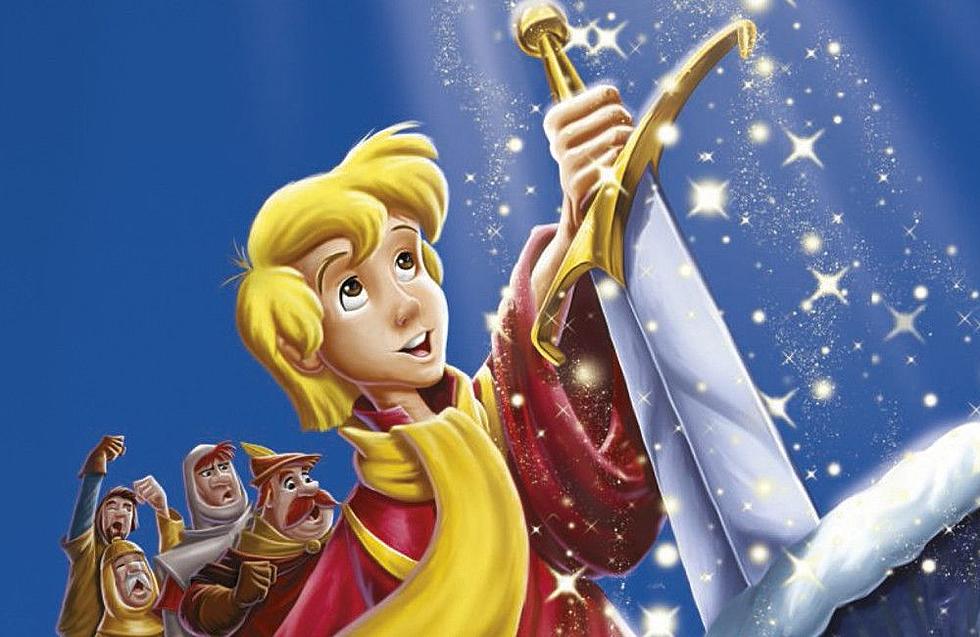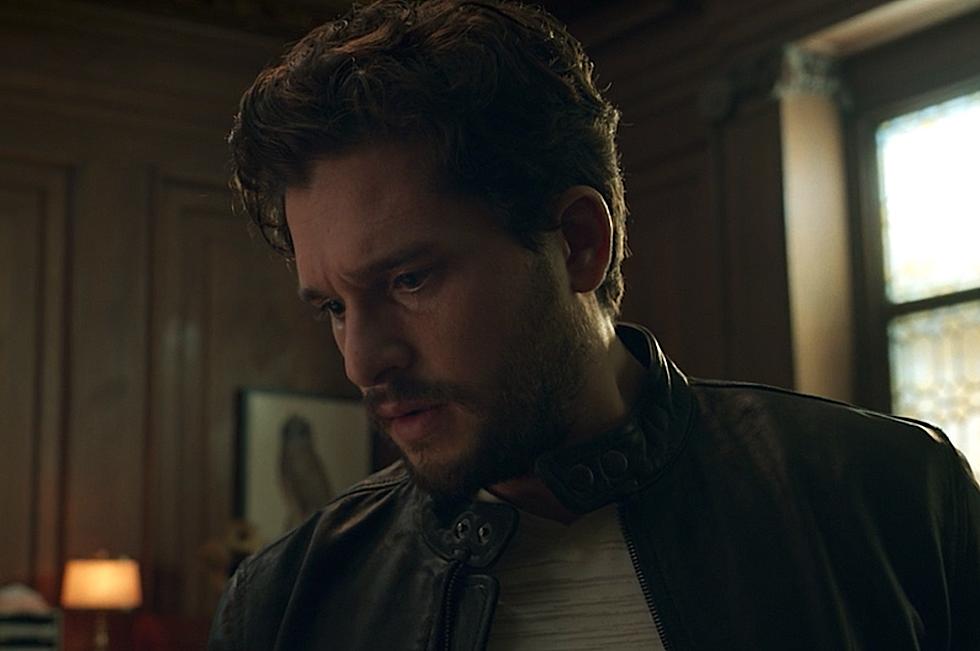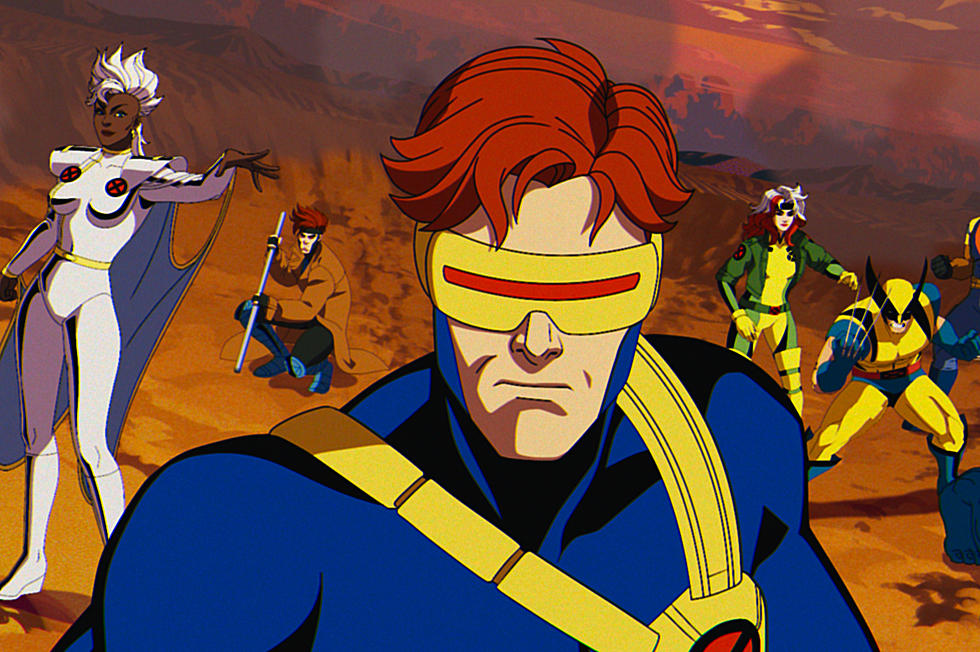
‘Wreck-It Ralph’ Interview: Director Rich Moore Talks the Secret World of Video Games
'Wreck-It Ralph' has continuously dolling out new posters, trailers, commercials and the like for its upcoming November 2 theatrical release. It may seem like you've already experienced everything about this film, but there's still more of this "secret world of video games" to be had.
We had the opportunity to sit down with the film's director Rich Moore back during Comic-Con 2012 to talk about his latest project.
In a Pixar era of movie making, cinema lovers often look to animated films to deliver some of the best stories, characters and created worlds of any given year. Disney's animated shout-out to 8-bit video games, 'Wreck-It Ralph,' is quickly becoming the one to watch.
The movie focuses on "Wreck-It" Ralph, a misunderstood arcade game villain who's tired of playing the bad guy. In an attempt to broaden his horizons, he "game jumps" into the worlds of various video games -- Hero's Duty, Sugar Rush, etc. -- to see what it's like playing the good guy for once. Rich Moore gave us a peek into this hidden world a while back, referencing the game play of the adult audience's childhood, what it was like working with star John C. Reilly, and giving his own twist to the classic "secret world of" tale.
So you have directed Stephen Hawking...
[Laughs] Yes.
Nichelle Nichols...
Yes.
Al Gore...
Yeah.
A) What is that like? And then B) How does John. C. Reilly sort of fit into this lexicon of talent?
Between 'Futurama' and 'Simpsons,' I'm able to work with the voices of Michael Jackson, Dustin Hoffman and the cast of 'Star Trek.' It’s great, you know, it’s great to work with such talented people. And John. C. Reilly -- to go from those and then to work with John, and to work so closely with him, you know?
It’s different for a movie than a TV show because those actors are coming in and being recorded very quickly in one day and it’s done. Whereas this ['Wreck-It Ralph'] it's... John was just saying the other day, "I’ve been working on this, we’ve been working on this for two years. This is like the longest I’ve ever worked on something, on a movie 'cause usually it’s like six months and we’re done." This is two years. This is pretty cool, you know, where we start to feel like a little family.
And we’re very collaborative together where it’s not just, "Okay, here’s the script. Read it, John." When we record, it’s myself; it’s the writers, Phil Johnston and Jennifer Lee -- we have two writers on the script -- and then our head of story Jim Rearden; and then the actors. And we’ll kind of do what is on the page and then we’ll go, "How can this be better? Why don’t we try this and that?"
What’s John C. Reilly's impact been on the project? And how has it evolved from from its nascent stages 'til now?
Oh, I mean he brings a whole ‘nother level to the character, and that’s why I wanted to work with him. I’m a huge fan of his. I love the depth that he gives every one of his characters where you feel like the human being inside of them? So, I knew I wanted John to be involved because I wanted whatever it is that he brings to those other roles in this character. Because I knew that we had a good character, but I knew that he could elevate it to just greatness, you know? So, that was encouraged.
It’s a very collaborative group. No one’s precious with the material, and if we get to the point of, "Eh, that’s not so good. Let’s try this," or, "It could be better," no one’s taking offense -- "Oh, well those are my words," you know? And I think from that there’s really gold in those performances, when it’s loosened up and we’re allowed to explore.
I was watching the trailer the other day with some friends and we were trying to pull out all of the video game references.
[Laughs] Yeah.
... And so, A) How many are there? And B) Was licensing an issue in terms of the characters?
Well, there are a lot. I can’t tell you a number because, after a while, we’re just putting one on top of the other. And they appear in different ways as characters, as you know, just references in the the background, things that they do or things that they say throughout. And I mean there are tons of obscure ones that we just kind of... I dunno, "What about so-and-so?" You know?
And we would just go to the companies and just say, "We’re doing this movie and we would like to use so-and-so and this is how we'd like to use them." Nine times out of 10 they’d be like, "Yes." Sometimes we would have to do detective work to find out who still owned what, because it’s changed hands over the years. And then you just get to know the people.
The only difficulty would be is if someone owned something and they just really didn’t wanna open up the books and find it and do the leg work of, "Okay, let’s open this up and look at what property we have." And so we’d be kind of, "Well, please, we would really appreciate it if you’d look into it because your character is pretty seminal in the formative years of video games, and we’d love to have them in this movie."
Is 'Wreck-It Ralph' basically the monkey in 'Donkey Kong'?
I think there’s definitely that dynamic of the big brute and then the squeaky clean nice guy. So, I wouldn’t say that he is that, but I think Ralph is a conglomeration of things, like Donkey Kong, and Bluto from 'Popeye,' and that kind of bully character that you’d see in video games and in animation. So, it’s a big amalgamation of that type.
And then, getting back to John, I knew that it would be important to have someone who could play that part, but not seem like he’s mean. You know, [someone] who can seem like a brute, a bit of a thug; but who could bring the soft side, the heart-of-gold part out, where you go, "Oh, he’s misunderstood. He’s not bad, he lives under the stigma and he’s got a crappy job where he has to do the dirty work and the people in this town don’t like him for it."
The film has that "secret world of" (toys, bugs, video games) storyline that animation does so well. What was the way that you wanted to follow those tropes of the secret world, and the way that you wanted to distinguish this film from others like 'Toy Story'? The main character also does what the characters in "the secret world of" do so often, which is defy his fate.
Well, it definitely is that trope of the secret world, and what I think we decided early on [that] distinguishes it is that it’s not just the secret world, but it’s the secret worlds that they have. It’s not just toys in a room, you know, it’s that these are separate universes almost, or galaxies, that these people are from.
So when we’re in the 8-bit world of Fix-It Felix Junior, just everything about that world speaks to that kind of genre. Just the look of it, the camera work in it, the design, the art direction, the animation, the lighting of that world all scream simple 8-bit, you know? And then when we’re getting into the world of Hero’s Duty, it’s very realistic, and it’s very gritty, and it’s detailed, and it’s modern, and it’s more sci-fi based. And then we get to Sugar Rush and it’s very whimsical, and anime and classic Disney animation all crunched together.
So to just get away from that -- you know, "the Wand Gnomes turn into real people when the people aren’t around" -- it was like, no, we’re going to see that they’re not just things in our world, that "when I turn around the muffin runs off the plate," but it’s like they have real worlds that are real to them, that they live in when they work. But they know that they’re game characters in there. So, it takes it to another level just like their entire environments.
Just in being self-aware?
Yeah.
'Wreck-It-Ralph' opens in theatres on November 2, 2012.
More From ScreenCrush









